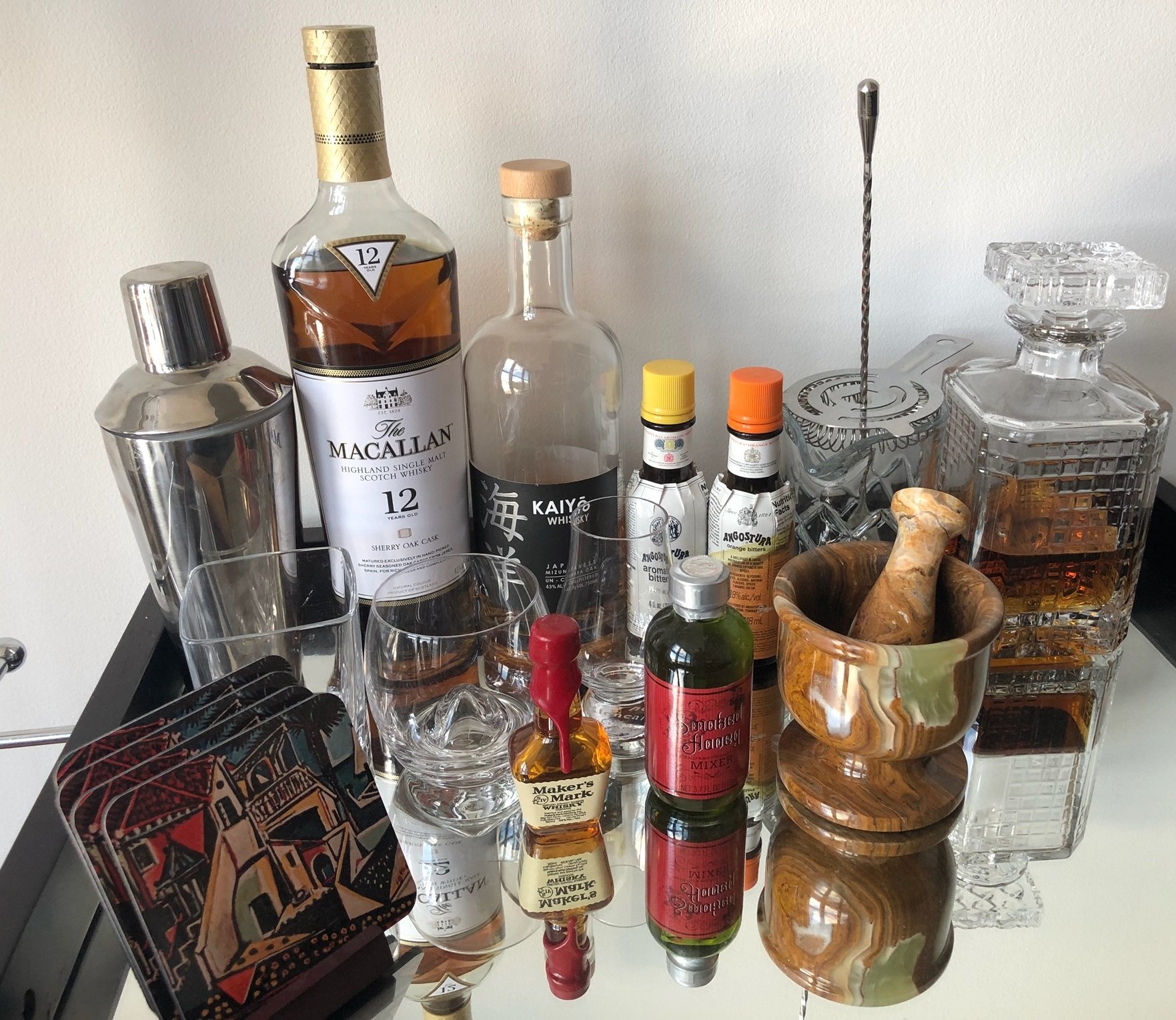More Than a Just a Spirit
The whiskey market has surged in popularity over the past decade. Aged scotch, bourbon, and Japanese whiskeys are being sold for the price of houses… expensive houses. At the end of 2018, a rare bottle of Macallan sold for $1.5 million. Whiskey clearly isn’t just enjoyed as a drink. It’s also an investment. Below are three reasons why whiskey should be part of your SHTF plan:
1. Limited Supply
Some types of whiskey, like scotch and Kentucky bourbon, have strict definitions that constrain their supply. Scotch, specifically, must be made in Scotland and aged for at least 3 years. While the legal definition is a bit more extensive, the aging requirement alone is effective in limiting supply. The market cannot simply be flooded with Scotch, since it takes years to produce. Older bottles, as you’d expect, command higher prices.
Kentucky Bourbon brands like Kentucky Owl release limited batches of their whiskeys. While bourbon doesn’t have the same legal aging requirement as scotch, limited batches similarly reduce supply. Kentucky Owl sells for roughly $200 a bottle. While Kentucky Owl won’t fetch the same price as some bottles of Pappy Van Winkle, it’s nonetheless an expensive purchase.
Some Japanese whiskeys, like Kaiyo, are aged at sea. Distilling whiskey, transporting it to boats, and aging it on the ocean isn’t a scaleable process. Supply, again, is limited, which makes a young bottle nearly $100. Regardless of where your whiskey is sourced, it could be released in small batches, therefore increasing prices.
2. High Demand
People don’t just want whiskey. They want a complete whiskey experience. Kentucky Owl is opening Kentucky Owl Park, the Disney World of Whiskey. Kentucky Owl Park will offer whiskey enthusiasts distillery tours, live music, and nights spent in boutique hotels. Experiences like those offered by Kentucky Owl Park aren’t the only signs of demand. The North American director of the Japanese whiskey brand Beam Suntory stated there is “unconstrained demand” for whiskey today. New brands will be launched in order to satisfy a higher percentage of this demand.
What sparked this demand in the first place? Cocktail culture. Mixologists’ social media posts have made bourbon and other whiskey spirits viral sensations. Millenials have become crazed about whiskey cocktails like the one described in the video below:
3. Quality
People are becoming more conscious about what they put in their bodies. Paleo diets, carb cutting, and sugar avoidance are now quite common. The strict whiskey classification requirements helps consumers identify what they’re consuming. The time and effort spent in creating the product assures consumers that whiskey is of a high quality. Moreover, mixologists are creating whiskey cocktails with high quality ingredients like fresh fruits and syrups. This demand for quality products has enveloped the market for whiskey, sending prices higher.
Whiskey as a SHTF Plan
Whiskey is a great investment. Low supply, high demand, and a focus on quality are three key investment factors investors should look for. If sh*t does hit the fan one day, whiskey will increase in value. It is likely impossible to make in the same quantities after a SHTF event, so supply will deplete. A depleting supply will steadily increase whiskey’s value. Additionally, whiskey is a consumable, enjoyable product. It therefore has intrinsic value. In the One Second After series, Forstchen conveyed through his character, John Matherson, just how much of a luxury whiskey would become if SHTF.
Whether you’re preparing for SHTF events or not, I suggest you explore investing in whiskey. At the minimum, you’ll enjoy drinking the product… for research purposes.
Do you think whiskey is a good SHTF plan? Leave a comment or contact me directly.


